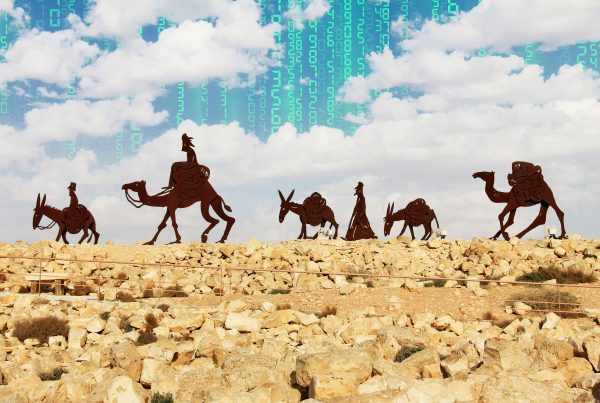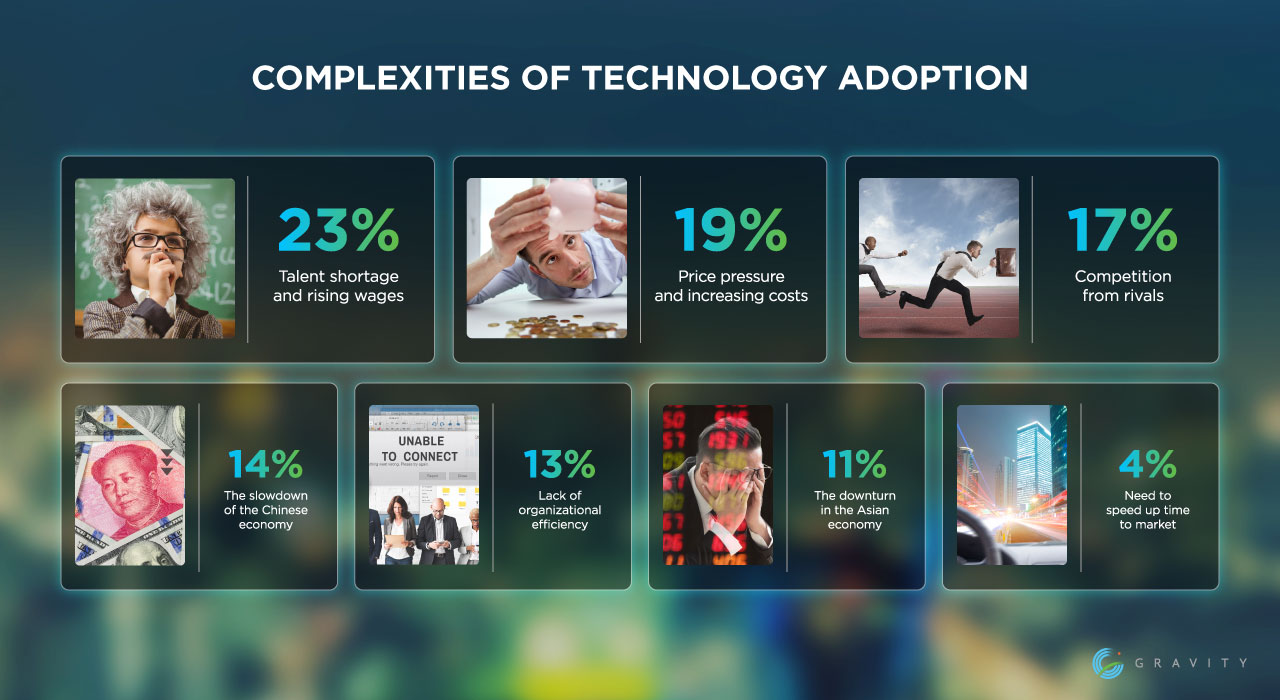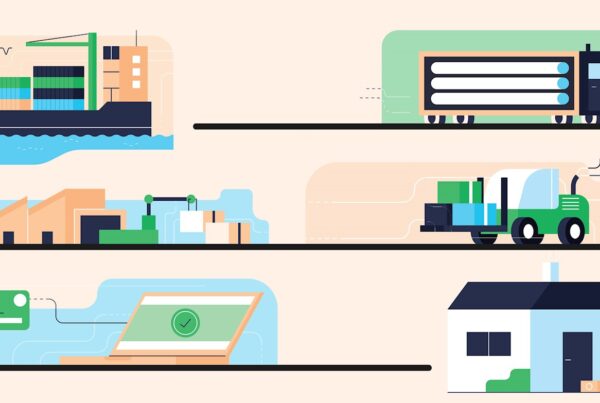The Silk Road created around 200BC spans around 4,000 of complex geographical, physical, and climate zones. The level of need for digital integration has become a much-debated subject centered around the shift from port-to-port cargo movement to that of more seamless first and last-mile delivery considerations.
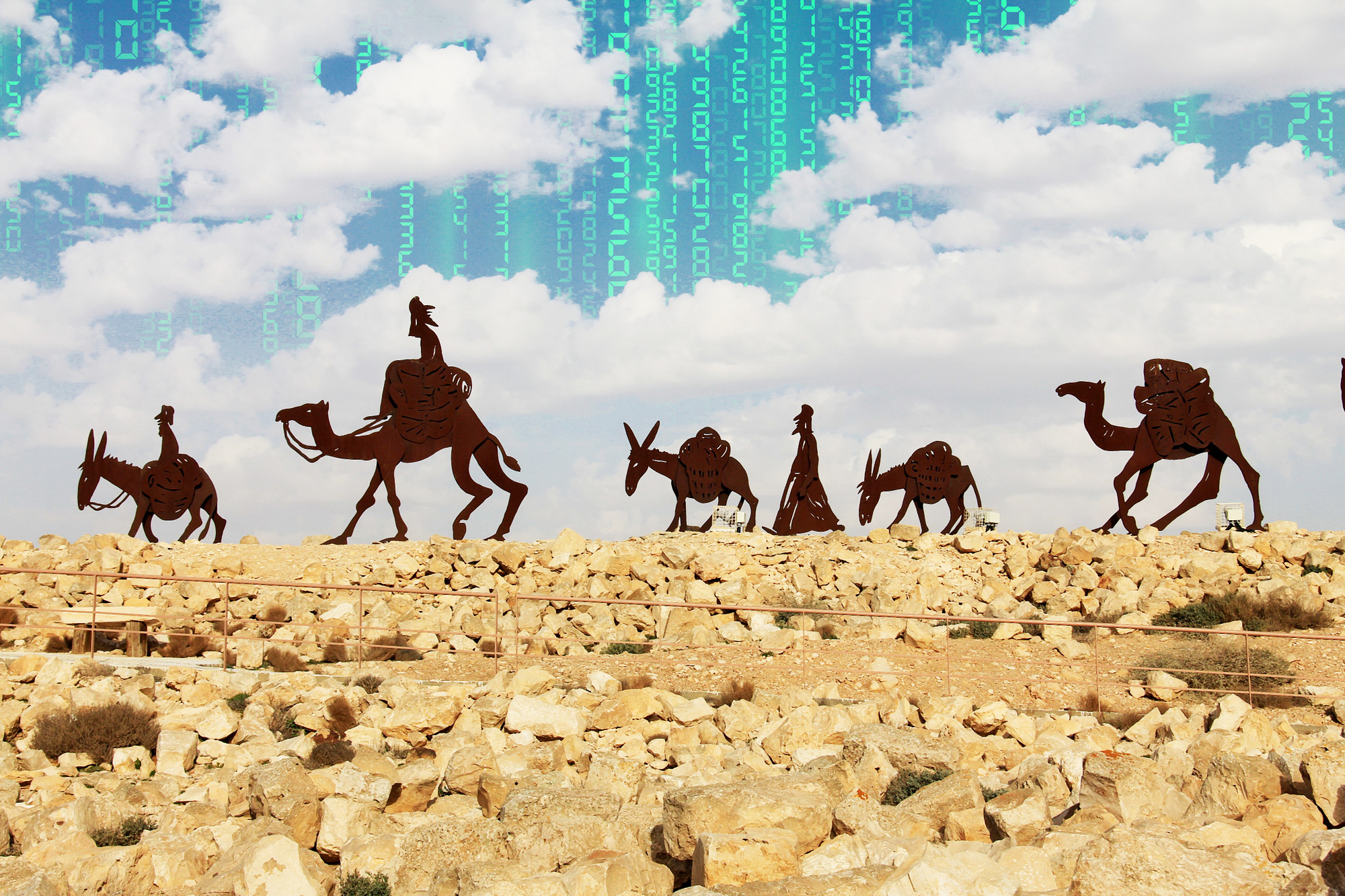
To better understand the components of the Digital Silk Road, it is necessary to appreciate it comprises four interrelated, technologically focused initiatives:
- Digital infrastructure and state-of-the-art data centers
- Advanced technologies such as satellite navigation systems, artificial intelligence, and quantum computing.
- The promotion of e-commerce through digital free trade zones
- Digital diplomacy and governance, including through multilateral institutions – the key to China creating its ideal international digital environment.
Belt and Road Initiative (BRI, or B&R)
This global development strategy involving infrastructure development and investment to connect Eurasian and African nations for trade and economic growth was implemented in 2013 and set to remodel global trade by opening up new avenues across over 70 countries globally for 65% of the world’s population and incorporating a third of the world’s GDP.
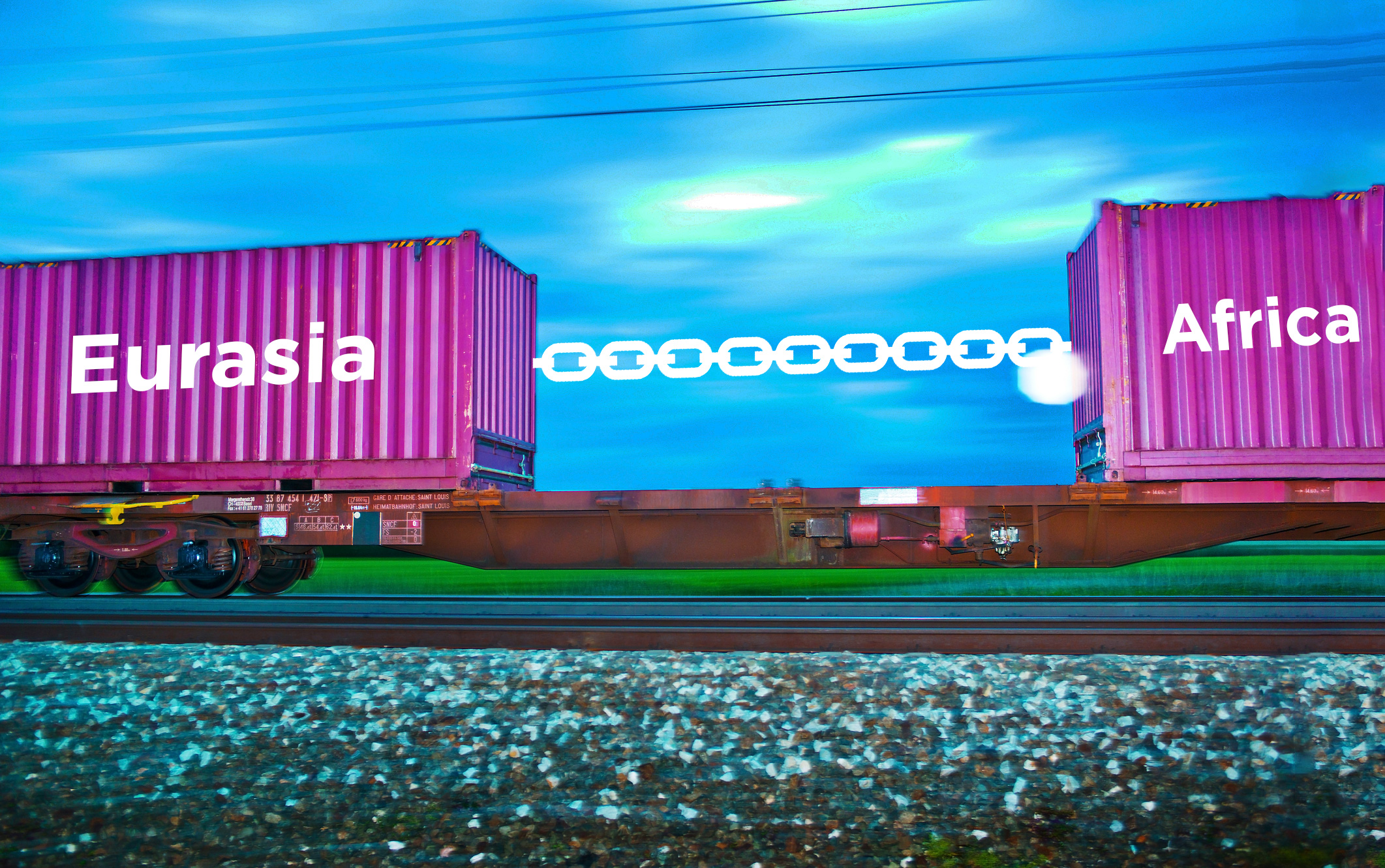
Recognizing the need to facilitate best-in-class transport planning along with the provision of complete visibility and transparency of the movement of goods by deploying digital platforms, the new initiative was to streamline the transportation of goods by addressing four pain points:
- Speed-to-market – Installation of state-of-the-art warehouse and inventory management systems
- Consistency – Use of AI to improve speed and reduce errors.
- Costs – Reductions in labor and shipment delay costs through automation
- Visibility – Structured real time tracking information for complete transparency and advanced planning

The implementation of upgraded IT infrastructures transforms traditional businesses into digital ones, enabling new growth sectors to scale. Integrating and deploying software solutions enable digital processes to:
- Add value
- Optimize inventory visibility
- Improve operational planning and efficiency
- Facilitate coordination within supply chain partners
SUSTAINABILITY – FREIGHT TRANSPORT
The Digital Silk Road facilitates sustainable development through the harnessing and application of Big Data, bringing green transformation to both infrastructure and economic models in emerging markets.
When it comes to the movement of freight between Europe and China, rail is taking the top spot, being faster than sea and more environmentally friendly than air. It got reported that 2,500 trains made the journey between China and Europe in 2019: an increase of 700 – almost 39%. This data stands as a testament to how apps like Gravity’s rail tracking feature, which currently operates in the America’s, is highly sought-after.
VALUE
The Digital Silk Road challenges competitive advantage, requiring companies to devise new tech value chains to remain relevant during the technological boom.
CHALLENGES
According to research performed by IDG connect There are several significant business challenges when it comes to technology adoption:
However, there are still blockers getting experienced, such as:
- Legacy IT infrastructures
- Supply chain complexity
- Increasing operational costs
All of which need addressing to help businesses gain an advantage over intense competition from market rivals.
IMPLICATIONS FOR LOGISTICS AND THE SUPPLY CHAIN
Digital structures enable full management and visibility of goods in transit, increasing speed to market, and subsequently ensuring products reach their consumers on time and in full.
The cumulative extent of the Silk Road’s impact on supply chains is not yet known. Innovative changes will take place, such as:
- Digital warehousing
- Unrivaled inventory management systems
- Satellite systems accessed by simple handheld Smart devices

Creating a frictionless supply chain ensures customers know where their shipments are at all stages of the journey, enabling them to plan operations and mitigate risk.
The Digital Silk Road is a critical commodity for global supply chains as it addresses the most fundamental challenges of the Fourth Industrial Revolution:
Increased connectivity.
Don’t get left behind… The Digital Silk Road isn’t something you can ignore,
so contact us at Gravity and let us drive you into the future.

